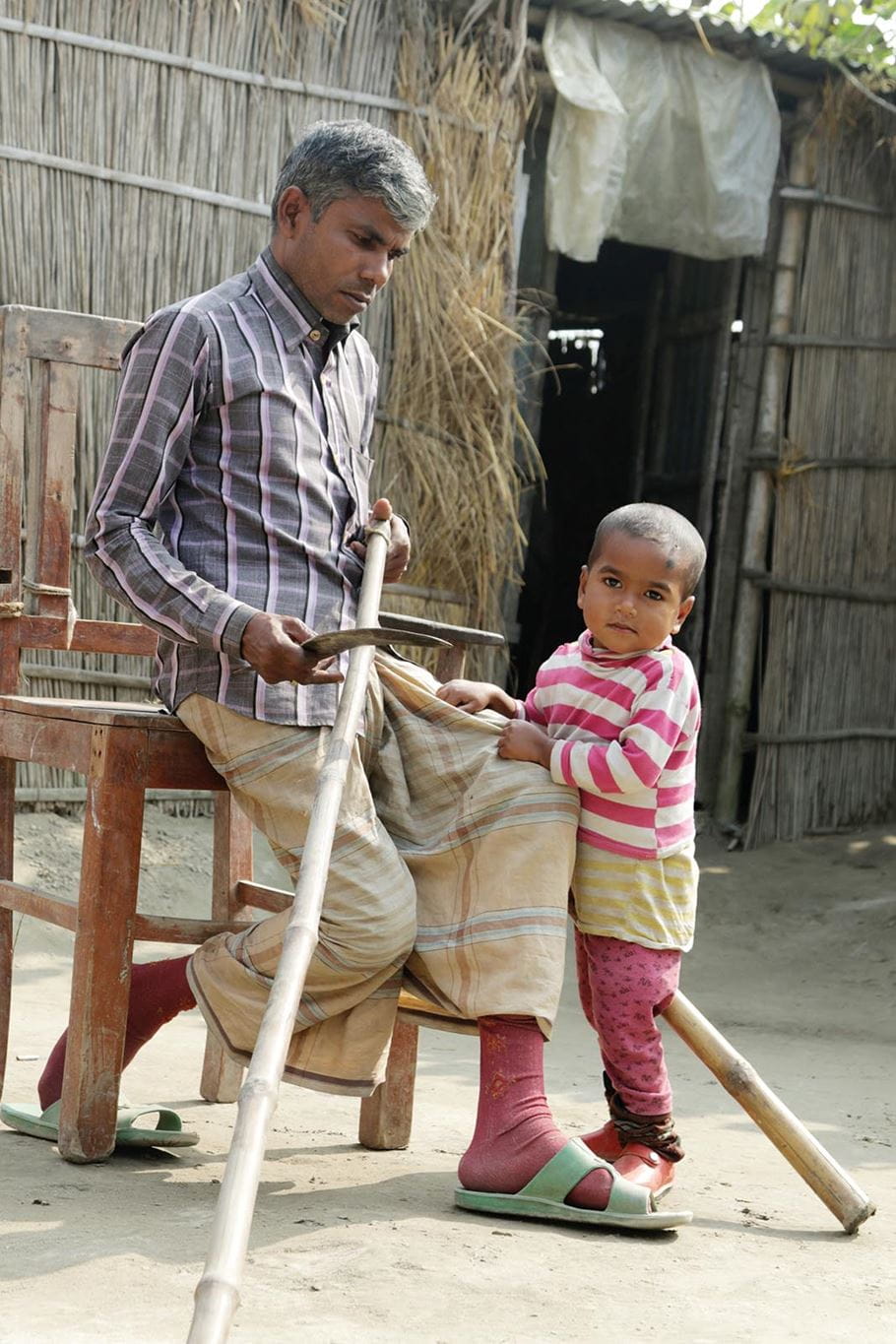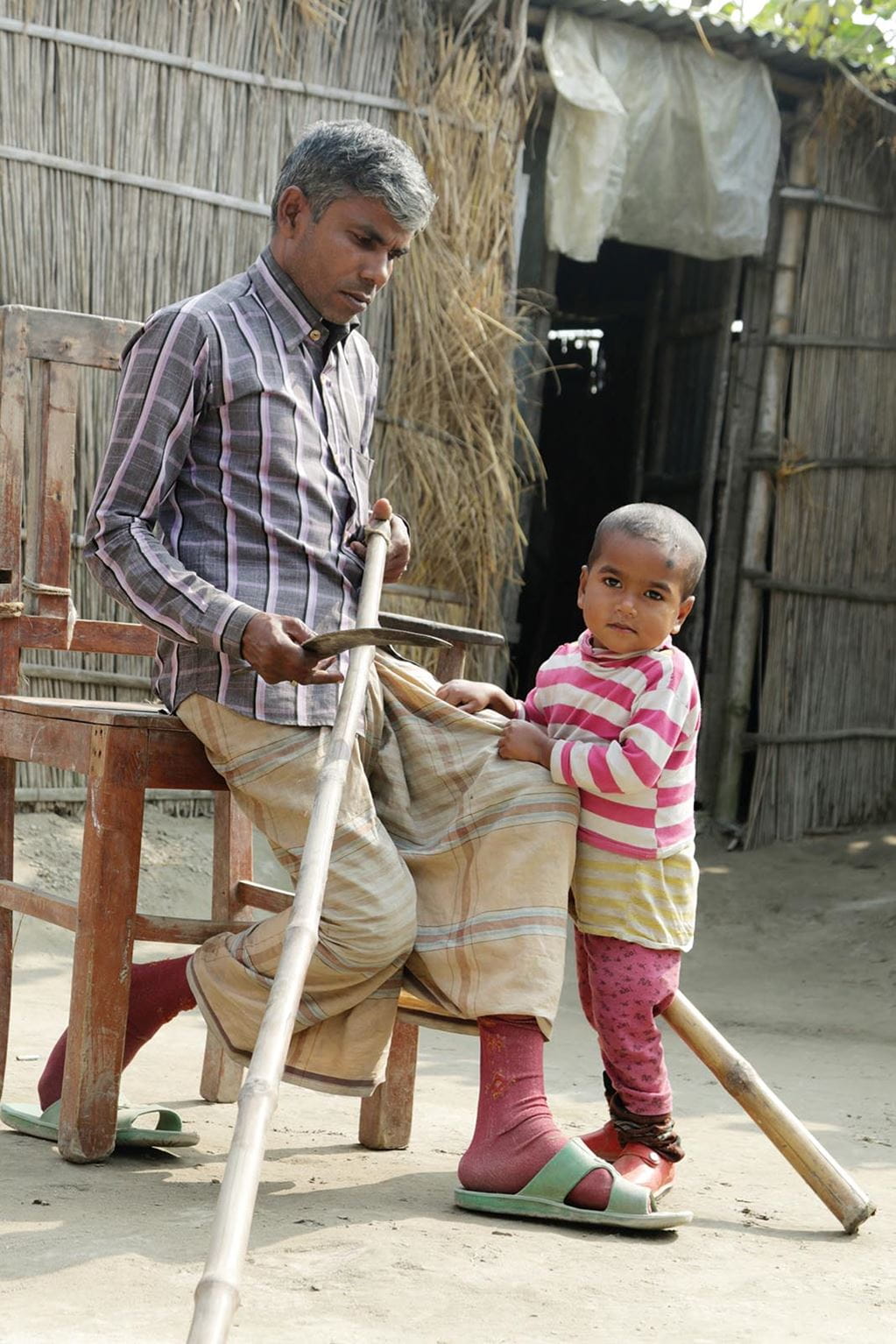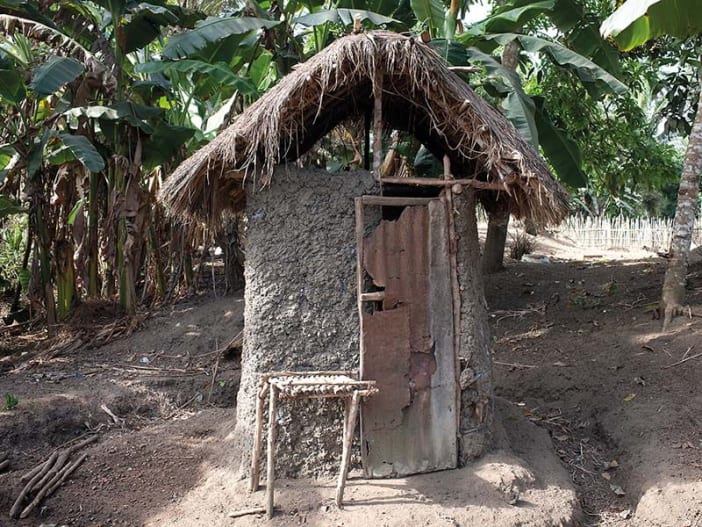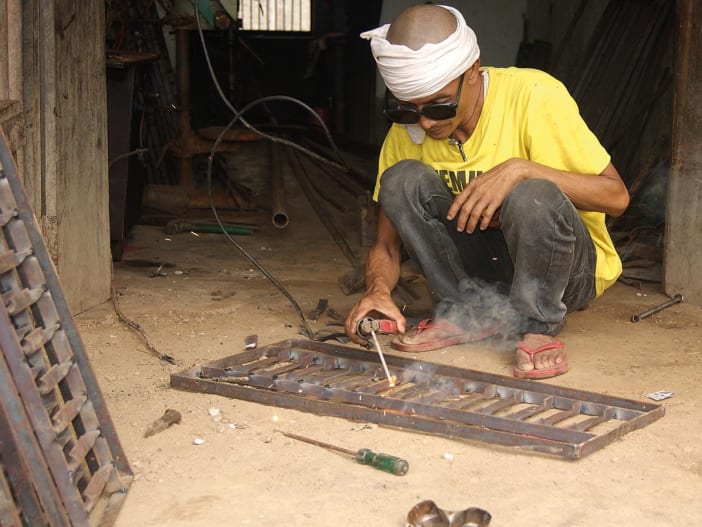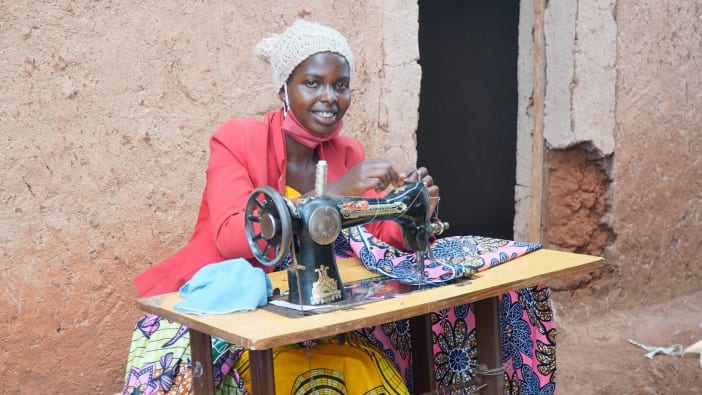Disasters – such as floods, cyclones, tsunamis and earthquakes – frequently cause loss of life, infrastructure and property. They also cause injury and trauma. However, not everyone is affected by disasters in the same way: it depends on how vulnerable they are.
Vulnerability is affected by many things including gender, age, health, poverty and levels of government support. People with disabilities are often particularly vulnerable when disaster strikes.
There are many reasons for this.
- A low social status may mean people with disabilities are left out of community discussions about what to do if a disaster happens.
- A person with a hearing impairment will not hear warnings broadcast on the radio or through loudspeakers.
- Visual warnings, symbols and signposts are unhelpful for a person with a visual impairment.
- A person with an intellectual disability may find it very stressful trying to cope with a disaster situation in the absence of family members.
- People with disabilities might find it difficult to reach safe places to shelter, and they may be overlooked when emergency aid is being distributed.
Any efforts to reduce the risk and impact of disasters must include everyone, including people with disabilities.
Gaibandha Model
The Gaibandha model is based on the experiences of CBM and its partners in flood-affected communities in the Gaibandha area of Bangladesh. It puts people with disabilities at the centre of disaster risk reduction. They are the agents for change, working with their communities to ensure that everyone’s needs are considered and no one is left behind.
The Gaibandha model suggests five important steps.
Step 1 – Develop strong self-help groups
There are many benefits to bringing people with disabilities together in self‑help groups. These include:
- the opportunity to build relationships, talk about concerns and support one another
- increased confidence and the development of leadership skills
- opportunities to access training, eg in how to prepare for disasters and disability rights
- collective voices for advocacy: it is easier to call for change as part of a group than as an individual (see step 2)
- greater understanding of each other’s needs, skills and abilities
- opportunities for small-scale savings and credit schemes leading to improved livelihoods and income (see step 5).
In the Gaibandha area of Bangladesh the self-help groups are involved in all disaster risk reduction activities including mock drills and early warning systems. When disaster strikes, they help identify people in need of rescue and look after those in shelters.
As a result, people with disabilities are increasingly respected as valuable members of society and many are now community leaders. By working together towards a common goal, and taking the needs of a diverse range of people into account, better strategies and plans are developed, and stigma and discrimination are reduced.




